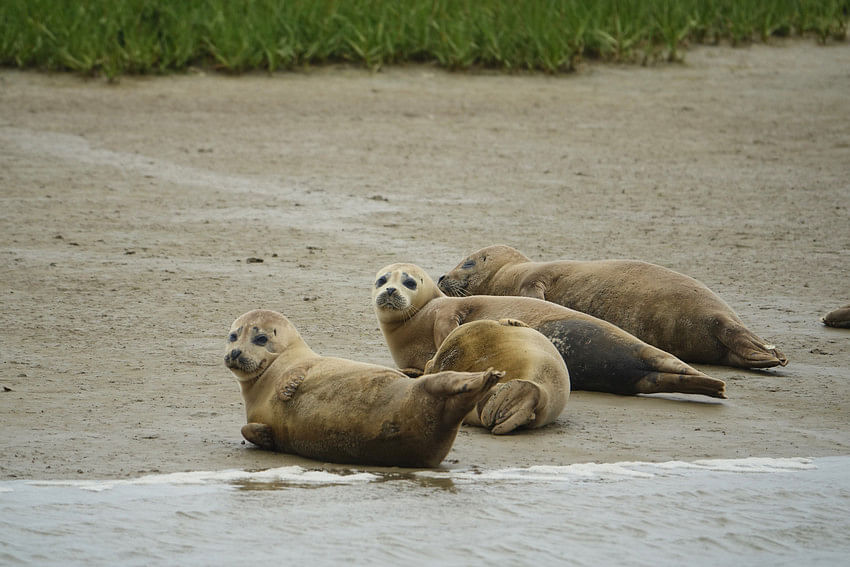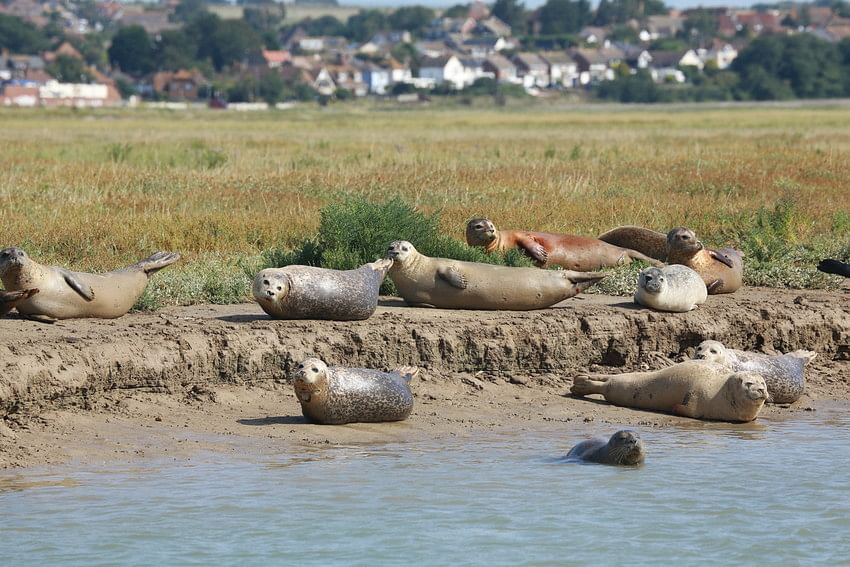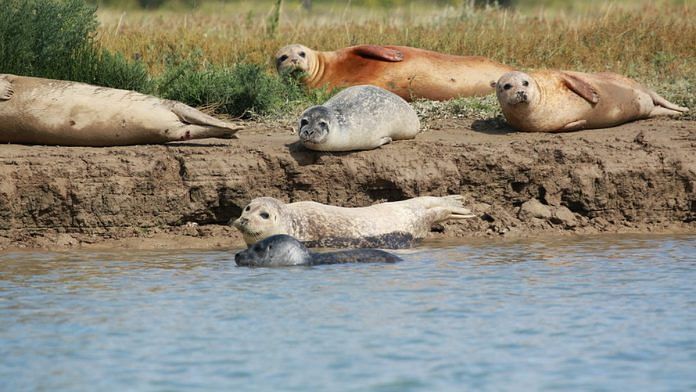The River Thames flows through the heart of London and has been integral to the city’s identity for almost 2,000 years.
It’s been a muse for great painters, writers and musicians. But by the 1950s, a broken sewer system and waste from riverside industry had led to it being so polluted it was declared biologically dead.
Today, though, the Thames has bounced back. Thanks to tighter environmental regulations, upgraded waste systems and many habitat enhancement projects, hundreds of species call it home.

A survey carried out by the Zoological Society of London (ZSL), which runs London Zoo, has found there are more than 3,500 seals now living in the Thames estuary – 1,104 harbour seals and 2,406 grey seals.
And life in the revived waterway is so good the seals are breeding too. ZSL counted 138 seal pups in the river in 2018.
The finding was the result of the first seal pup count ZSL has conducted, and involved painstakingly analyzing aerial photos of London’s seal population.
Did you know that grey seals, harbour #seals and harbour #porpoises all live in the #Thames? #LondonRiversWeek pic.twitter.com/GUkbR0KYYr
— ZSL (@OfficialZSL) July 1, 2016
Seal of approval
“Incredibly, harbour seal pups can swim within hours of birth, which means they are well adapted to grow up in tidal estuaries, like the Thames,” says Anna Cucknell, who leads ZSL’s Thames conservation.
“By the time the tide comes in they can swim away on it. Grey seals, on the other hand, take longer to be comfortable in the water, so breed elsewhere and come to the Thames later to feed.”
And the seals are not alone.

The Thames is also home to more than 100 species of fish – including two types of shark – short-snouted seahorses, porpoises, and the critically endangered European eel. And there are even occasional visits from dolphins and whales.
“We were thrilled to count 138 pups born in a single season,” says Thea Cox, Conservation Biologist at ZSL. “The seals would not be able to pup here at all without a reliable food source, so this demonstrates that the Thames ecosystem is thriving and shows just how far we have come since the river was declared biologically dead in the 1950s.”
Global benefits
Protecting the world’s urban water sources brings a wealth of benefits to both people and the planet.
About 40% of land in the urban source watersheds – that feeds water to a river – of the world’s largest cities shows moderate to high levels of degradation.
Investing in nature to restore these areas wouldn’t just improve the quality of the water – according to the World Bank, it could also improve the health of 1 billion people, reduce impacts of climate change such as floods and erosion, and help store or capture 10 gigatonnes of CO2 a year.
This article has been republished from the World Economic Forum.
Also read: On World Environment Day, how a Rajasthan village is saving the smallest cranes in the world






